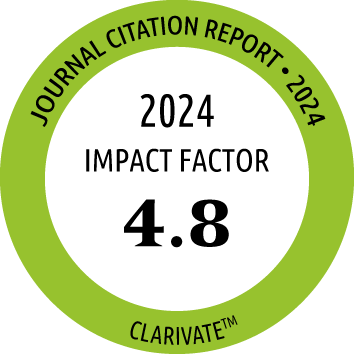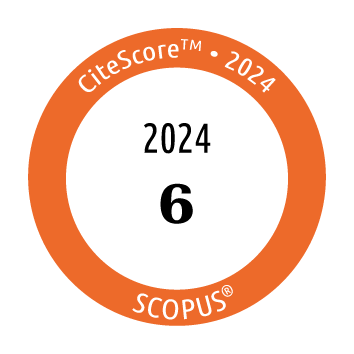Return to content in this issue
Biomarkers of Tolerance to Baked Milk in Cow’s Milk-Allergic Children at High Risk of Anaphylaxis
Domínguez O1,2,3*, Riggioni C2,4,5, Poyatos E6, Jiménez-Feijoo RM1,2, Piquer M1,2, Machinena A1,2, Folqué M1,2, Ortiz de Landazuri I7, Torradeflot M7, Lozano J1,2, Alsina L1,2,3, Pascal M3,7,8,9, Alvaro-Lozano M1,2,3
1Pediatric Allergy and Clinical Immunology Department, Hospital Sant Joan de Déu, Barcelona, Spain
2Institut de Recerca Sant Joan de Déu, Barcelona, Spain
3Department of Medicine, Universitat de Barcelona, Barcelona, Spain
4Division of Immunology and Allergy, The Hospital for Sick Children and the SickKids Food Allergy and Anaphylaxis Program, Toronto, Ontario, Canada
5Department of Paediatrics, Temerty Faculty of Medicine, University of Toronto, Toronto, Ontario, Canada
6Clinical Laboratory, Immunology Division, Hospital Sant Joan de Déu, Barcelona, Spain
7Immunology Department, CDB, Hospital Clínic de Barcelona, Spain
8Institut d’Investigació Biomèdica August Pi i Sunyer (IDIBAPS), Barcelona, Spain
9RETICS Asma, reacciones adversas y alérgicas (ARADYAL) and RICORS Red de Enfermedades Inflamatorias (REI), Instituto Carlos III, Madrid, Spain
*PhD Candidate
J Investig Allergol Clin Immunol 2026; Vol. 36(1)
doi: 10.18176/jiaci.1074
Background: Consuming baked milk (BM) may accelerate tolerance in cow’s milk–allergic (CMA) children. In high-risk patients, controlled BM-based oral food challenge (BM-OFC) is recommended, as the benefits can outweigh the risks of a prolonged exclusion diet.
Objectives: To identify predictive biomarkers for BM-OFC outcomes in a cohort at high risk of anaphylaxis and compare the OFC thresholds for baked and pasteurized cow´s milk protein (CMP).
Methods: We performed a prospective study of children (≥12 months to <6 years) with a history of CMA. Testing at diagnosis involved prick testing, specific IgE (sIgE) for CM and components, sIgG4, and the basophil activation test (BAT). Patients underwent a BM-OFC aiming for a cumulative dose of 1 g of CM protein. BM-tolerant children subsequently underwent a CM-OFC to confirm CMA.
Results: The study population comprised 50 patients (66% with a history of anaphylaxis). A reaction was recorded during BM-OFC in 36% of patients (39% with anaphylaxis). The median reactivity threshold was 138 mg of CMP. Risk factors for BM allergy included history of anaphylaxis, age >3 years, elevated CM-sIgE and casein-sIgE, and a positive BAT result. The cut-offs were as follows: >5 mm for skin prick testing with casein, ≥8.5 kUA/L for CM-sIgE, and ≥5.7 kUA/L for casein-sIgE. These made it possible to distinguish BM-allergic patients from CMA patients who tolerated BM. Among BM-tolerant patients, the CM-OFC threshold was 270 mg, with 43.8% reacting to <100 mg (40% with anaphylaxis).
Conclusions: BM-OFC is not risk-free. Nevertheless, two-thirds of high-risk CMA children were BM-tolerant and benefited from early introduction of BM products. Patient selection can be guided by biomarkers and a prior history of anaphylaxis to baked goods. The reactivity threshold to pasteurized milk was less than half of the tolerated dose of BM (1000 mg).
Key words: Cow´s milk protein allergy, Baked milk, Baked milk oral food challenge, Anaphylaxis, Basophil activation test, Casein IgE
| Title | Type | Size | |
|---|---|---|---|
 |
doi10.18176_jiaci.1074_supplemental-materials-figure.pdf | 126.75 Kb | |
 |
doi10.18176_jiaci.1074_supplemental-materials-table.pdf | 181.70 Kb |




